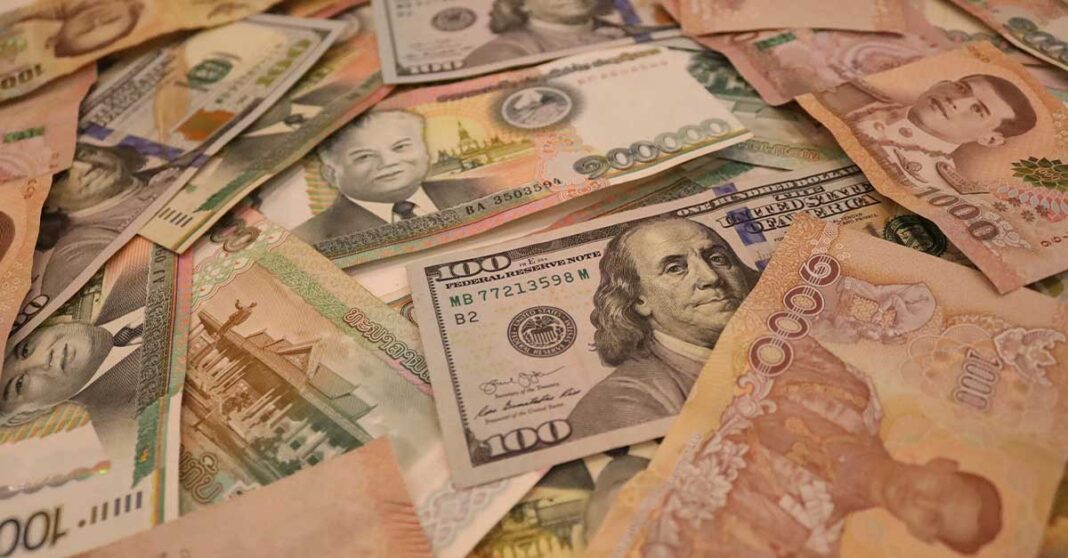The Lao government is taking steps to address the ongoing depreciation of the national currency, the Lao kip, and the skyrocketing inflation rates. However, challenges remain as the country continues to struggle with economic recovery since the COVID-19 pandemic.
Soulisack Thamnouvong, Director General of the Monetary Policy Department, recently mentioned that the Bank of Laos (BOL) is collaborating with various sectors including tourism, mining, and agriculture to boost foreign direct investment (FDI) and attract more foreign currency revenues.
Financial challenges in Laos are significantly impacted by both internal and external factors, according to Soulisack.
External factors include changes in the financial policies of larger economies such as the United States, Canada, and Europe. Internally, the high demand for major foreign currencies in Laos is driven by the need to import goods and services, as well as to repay foreign debts, all of which are exacerbated by ongoing trade deficits.
To address these issues, the central bank has implemented stricter monetary policies over the past months. This includes raising interest rates for short-term loans from 7.5 percent to 8.5 percent per year in early March, which was further increased to 10 percent per year in early June.
Despite these efforts, inflation rates in Laos continue to rise. In June, the inflation rate increased to 26.2 percent, up from May’s 25.8 percent, marking the highest rate of the year so far. This trend is reflected in the Consumer Price Index, which rose from 229.28 in May to 234.54 in June, highlighting a growing cost of living.
In terms of exchange rates, the Lao kip has fallen the value against major foreign currencies, especially the US dollar, Chinese Yuan, and Thai Baht. As of 25 July, both BOL and Lao commercial banks are selling the US dollar for over LAK 22,000. For the Thai baht, the central bank’s rate is over LAK 600 per baht, while commercial banks are selling at a higher rate of over LAK 700 per baht. Meanwhile, unofficial or “shadow” rates are reported to be significantly higher.
The fast depreciation of the Lao kip began in August 2020, coinciding with economic challenges from the COVID-19 pandemic. Since then, the kip has significantly declined, nearly tripling in value against the US dollar and more than doubling against the Thai baht. In August 2020, local banks sold the US dollar for LAK 8,868 and the Thai baht for LAK 300.
To address these exchange rate fluctuations, Soulisack stated that the Lao government will continue to shut down local illegal currency exchange shops. Meanwhile, some businesses and restaurants in different provinces and Vientiane Capital have already started accepting only kip for transactions. This move aims to increase the use of the kip in Laos and stabilize its value.
To further tackle the rising cost of living and inflation, the Lao government has established a special task force led by Kongkeo Xaysongkham, President of the Lao Academy of Social and Economic Sciences. This task force is responsible for analyzing the causes of inflation and product price hikes, visiting sites to gather accurate information, and regularly presenting their findings to the government.
Additionally, in a recent government cabinet meeting, President Thongloun Sisoulith instructed the government to take immediate action to control inflation and stop the depreciation of the kip, as part of the broader measures to address the country’s financial challenges.
Looking ahead, despite the challenges, the BOL has pledged to continue addressing monetary issues in Laos by improving policies. The bank also urged the promotion of domestically produced goods to reduce unnecessary imports, which would help stabilize the kip.



